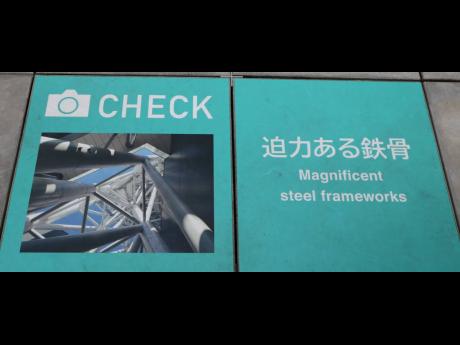Greening of Tokyo Skytree
TOKYO, Japan:
Tokyo Skytree Town, home to Japan’s tallest tower, is working to increase the greenery in its vicinity by planting a number of trees and flowers. The aim, according to the management of Tokyo Skytree, is to visually integrate the facility into the surrounding town as borrowed landscape rather than increasing the greening rate by planting trees and flowers in out-of-sight places. The solution is ‘structural greening’, which allows visitors to feel close to the green environment.
Examples of structural greening can be found throughout the facility, executed through a diverse array of techniques. These include green roadsides on the ground, balconies with plants in the lower section of the facility, green curtains using vines, and green walls – an approach that succeeded in creating a ‘green hill’ with layers of trees and flowers on the premises.
The 60 underground rainwater-collection tanks have a capacity of 2,635 tonnes of which 800 tonnes provide more than enough water for use in the restrooms and watering rooftop plants. The remaining 1,835 tonnes of water serves as a rainwater control tank to adjust the amount of water discharged to the surrounding areas in case of torrential rain.
Solar panels
The greening of the Skytree urban complex includes the installation of solar panels in two locations – the louvre part on the ninth floor and the rooftop garden on the eighth floor. Their combined installed capacity is approximately 20 kilowatts of energy, and the electricity generated is used in the facility.
District heating and cooling (DHC) is used in the Tokyo shuttle area, about 10.2 hectares of the overall Tokyo Skytree Town and its surroundings. The heat supplied produces cold and hot water and uses DHC pipelines to cool or heat certain areas. The system is efficient, reducing CO2 and improving disaster-prevention capacity.
Equipped with a centrifugal chiller, heat pumps, and large-capacity thermal storage tanks of approximately 7,000 tonnes, the Skytree is an efficient example of what can be achieved through design and foresight. For example, water in the thermal storage tank can be channelled to fight fires. Despite this, the facility’s is ongoing to achieve greater energy efficiency and reduce CO2 as part of the overall effort to reduce its carbon footprint.
- The visit to Japan was part of the Association for Promotion of International Cooperation Japan Journalism Fellowship. christopher.serju@gleanerjm.com.




